General information only - not financial or tax advice.
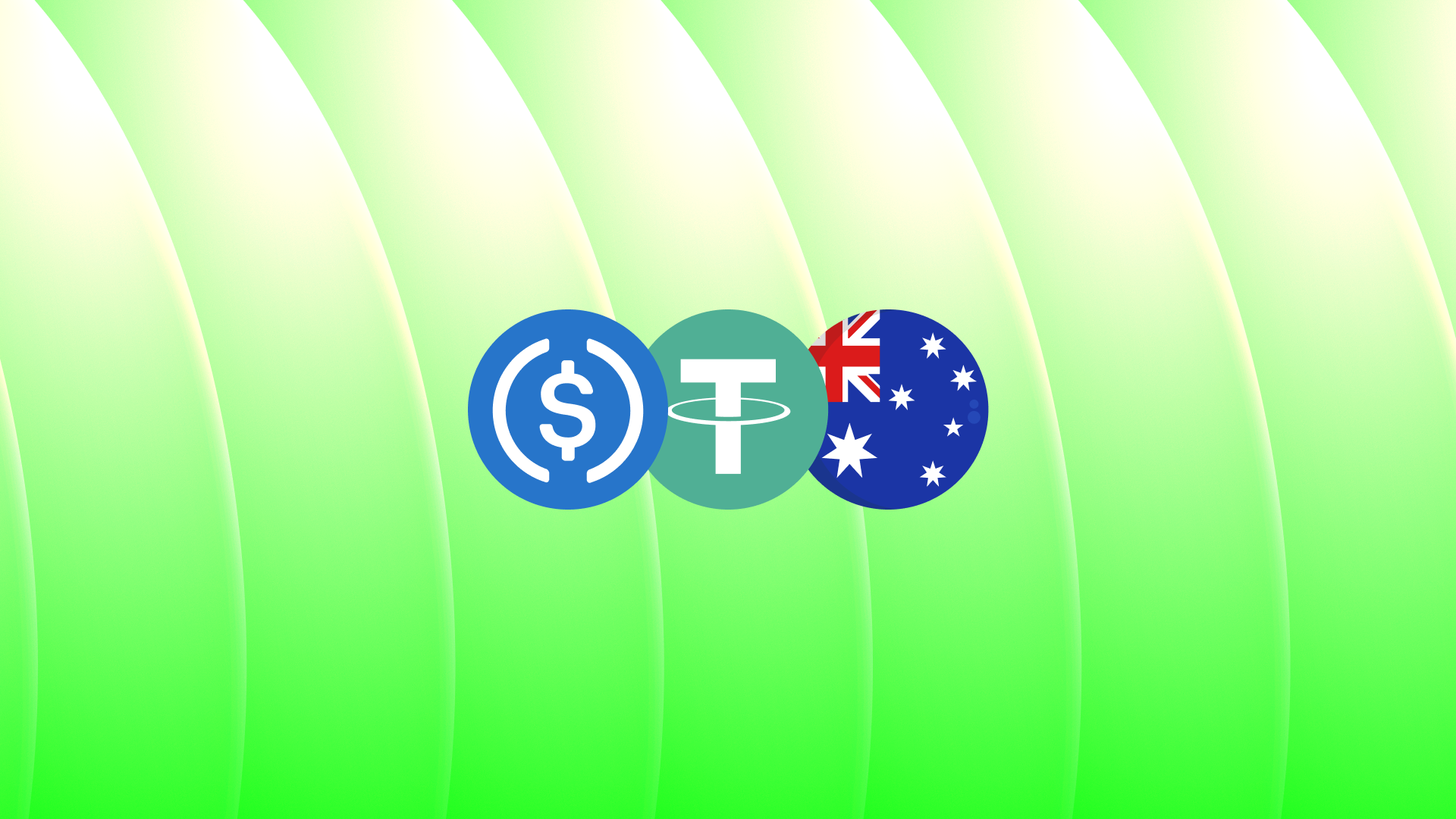
International payments can be cumbersome. Often it means waiting a week (or longer) for the money to arrive, only to watch bank fees and poor exchange rates take a chunk out of your earnings.
For Australian SMEs, freelancers, and exporters, this is a constant frustration that slows down growth and cash flow.
Stablecoins offer an elegant solution to international payment problems. Unlike Bitcoin or Ethereum, which can rise and fall in value, stablecoins are digital currencies pegged to the value of real-world money, such as the US dollar (USD).
Using FastStables, you can accept stablecoin payments and convert them into AUD within hours. We are legit: We’re fully AUSTRAC-regulated and simple to use. Our goal is to help Australian businesses, freelancers, start-ups, and exporters win against the banks, taking home more of your hard-earned money, faster.
Here’s how.
If you run a business that works across borders, you already know how painful it can be to get paid.
International transfers often take three to 10 business days to arrive, and the delays only get worse if banks flag transactions for extra compliance checks. By the time the money clears, you may have already lost momentum waiting for the cash flow you need.
The costs are equally as frustrating. Banks charge high fees, add hidden exchange markups, and provide minimum visibility and control over the final rate. Freelancers and small businesses feel this the most – even small percentage losses can eat into already thin margins. Traditional wire transfers are among the slowest and most expensive methods of sending money, especially for a cross-border payment.
Some businesses try fintech platforms as an alternative. While these can be faster and more transparent with their fees, they still take hours or even a full day to settle, and the fees add up quickly if you are working with multiple clients or trade partners.
To make matters worse, many SMEs struggle to open foreign currency business accounts at all, particularly if their business touches crypto or emerging industries. This creates a real bottleneck for Australian businesses that want to grow internationally but can’t afford to waste days waiting for payments to arrive.
Here’s how the traditional way of transferring money compares to using stablecoins:
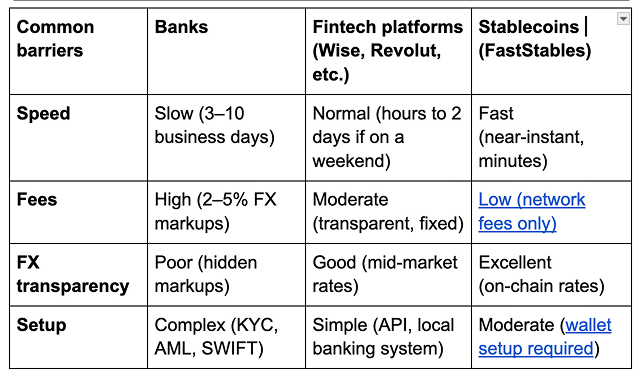
For many businesses, the hardest part about cross-border payments is navigating the costs. Banks often take the largest cut, with fees and hidden exchange markups pushing the total well above what most SMEs or freelancers can absorb. When you agree to do the work, you want to be paid the full amount you’re owed.
Data from the World Bank’s Remittance Prices Worldwide highlights just how costly these transfers can be, especially through banks.
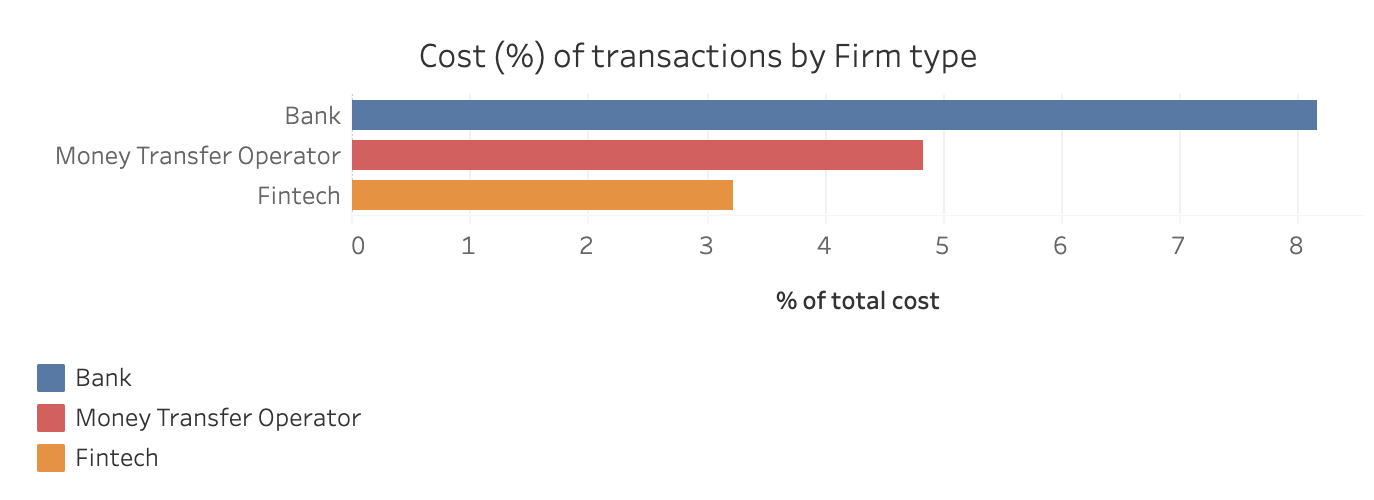
Source: The World Bank, Remittance Prices Worldwide
As you can see, money transfer operators and fintechs are usually cheaper, but the costs still add up when you rely on them regularly. Stablecoins reduce this gap even further by keeping network fees low and removing the unnecessary middlemen.
For example, FastStables charges a super-low 0.25% fee whenever you sell USDT for AUD. Here’s how that compares to your other options for international transfers.
Slow payments are another significant frustration people face when receiving international payments. For banks, it can take up to 10 days; for fintech platforms, it can be up to two days, especially if payment takes place over a weekend. For people who rely on these payments as their salary, and for businesses and start-ups that need cash flow to operate, waiting to be paid can be stressful.
This data from the World Bank’s Remittance Prices Worldwide shows how long payments can take, with banks being the slowest option by far.
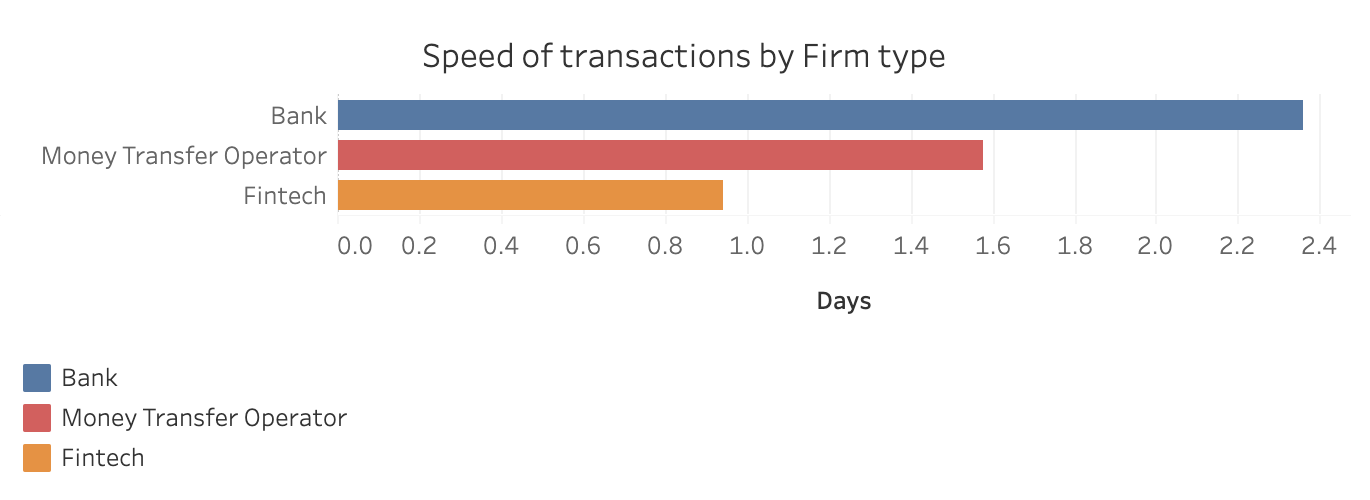
Source: The World Bank, Remittance Prices Worldwide
Stablecoins combine the speed of digital payments with the stability of traditional money.
They are cryptocurrencies that stay equal in value to a real-world currency (like the US dollar). Unlike Bitcoin or Ethereum, stablecoins don’t rise and fall in price, which makes them a safer (and more stable) option for payments.
If you want to get paid fast (with fewer fees), and if you don’t want the risk of transferring your money through a system that fluctuates, stablecoins are an excellent alternative to traditional banking.
Cryptocurrencies use blockchain technology to keep your payments secure. If you’re unfamiliar with blockchain, it’s simply a digital record that notes every transaction as it happens. Once a payment is added, it cannot be changed or removed, which makes it transparent and secure. For business owners and freelancers, that means peace of mind that your money is safe.
Globally, stablecoins have exploded in market size due to the benefits they offer in our digital world. The top stablecoins saw their combined market cap soar from around $20 billion to more than $240 billion in just five years.
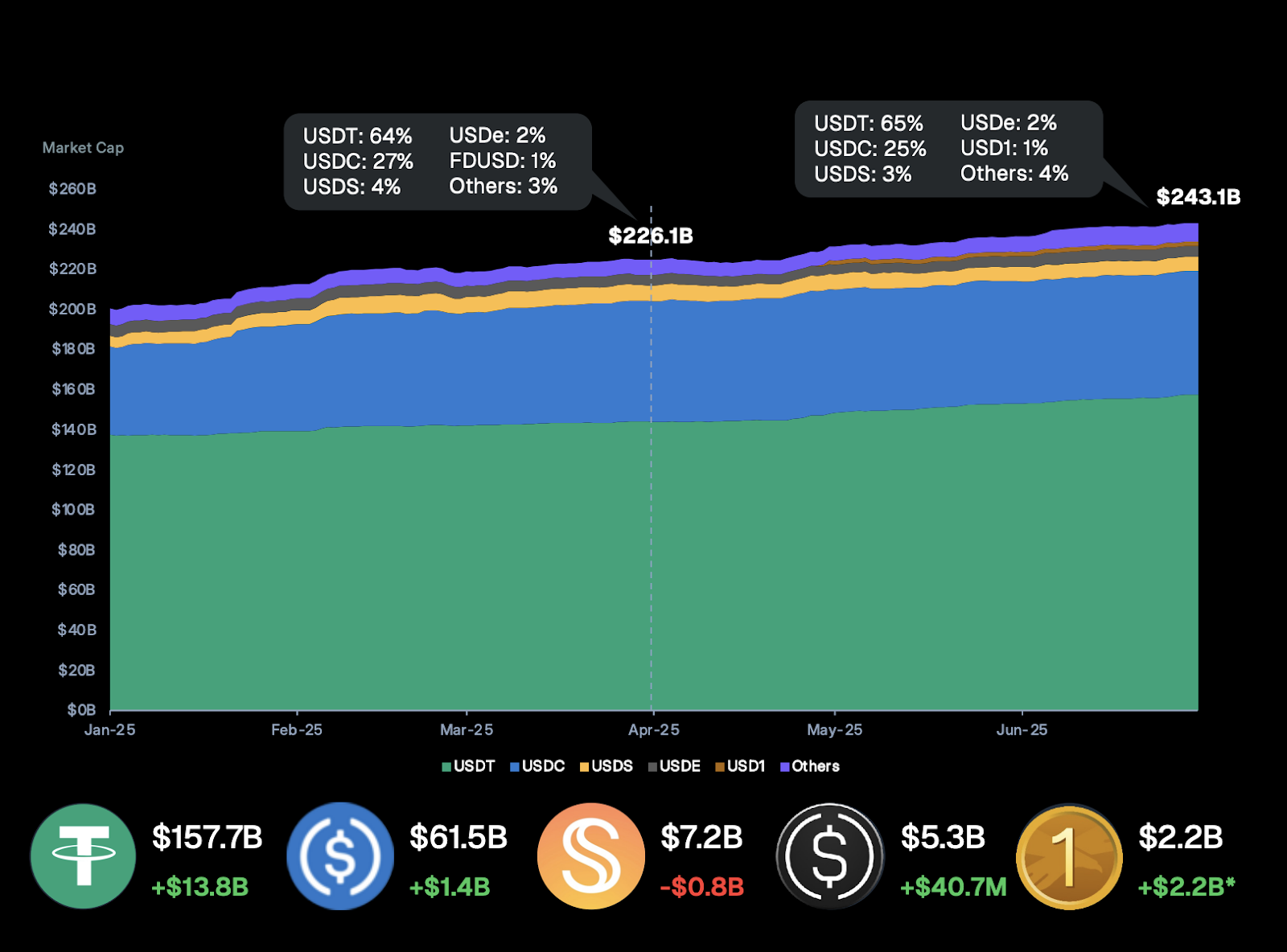
Source: CoinGecko, Q2 2025 Crypto Industry Report
The world is more global than ever, and most freelancers and SME are comfortable with and excited by the idea of working with international clients.
However, it’s frustrating and disruptive to get paid quickly within Australia while waiting for international payments to arrive. It adds an extra level of difficulty to managing the books when your payments are out of sync, costing you both time and money.
Stablecoins solve this by making payments almost instantaneous. Instead of waiting three to 10 business days for a bank transfer, funds can move in minutes and be converted to AUD within hours.
Fees are another issue stablecoins solve. Banks often charge 2-5% in hidden exchange markups, plus flat transfer fees. While fintech transfers are slightly more transparent, you will still likely pay a markup.
A markup, also known as an FX margin, is the hidden percentage banks and money transfer operators add on top of the real exchange rate (the mid-market rate). Since it is a subtle adjustment to the exchange rate, many people don’t know they are being charged it.
Stablecoins don’t have an FX margin in the same way, because they are designed to hold the same value as the currency they represent. That means that, if you receive stablecoins, you’re not losing money to a hidden exchange rate spread.
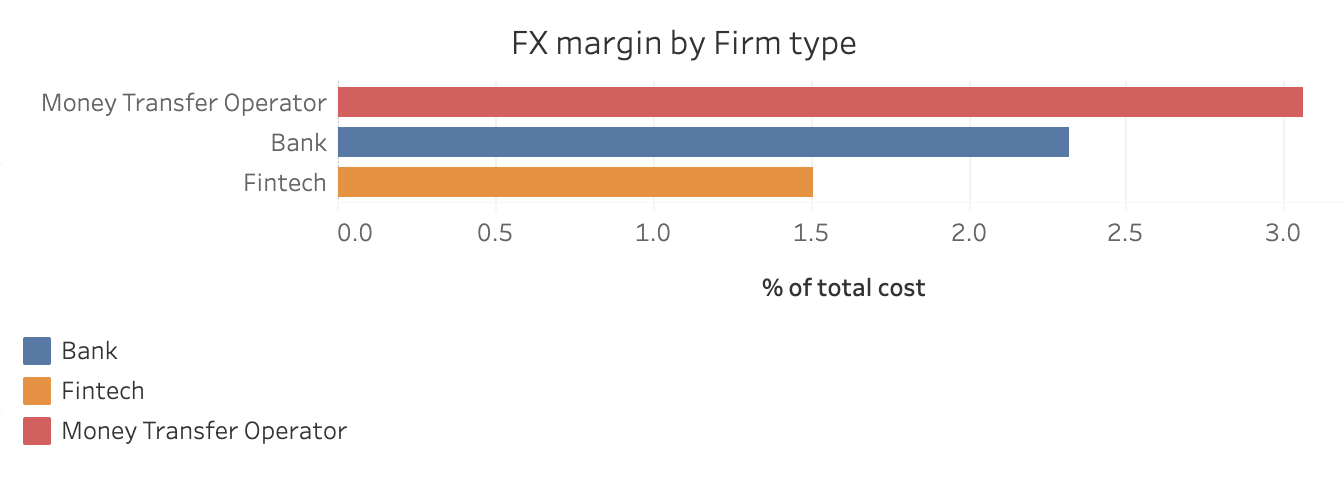
Source: The World Bank, Remittance Prices Worldwide
Stablecoins have entered the mainstream of global finance and, as such, they are regulated, which provides businesses and freelancers with peace of mind that they are using a legitimate, monitored payment service.
In Australia, stablecoin providers like FastStables are registered with AUSTRAC, the same body that monitors banks and payment providers for anti-money-laundering and finance compliance.
In the U.S., new legislation, such as the Genius Act, has set clearer rules for how stablecoins can be issued and used.
Both these frameworks give businesses confidence that stablecoins aren’t in a grey area.
If you’d like to know more about how stablecoins could benefit you, here are some use cases of how businesses are using stablecoins.
When a start-up secures funding from international investors, waiting weeks for the money to arrive through banks can slow down hiring and development. Plus, when you’re talking about thousands, perhaps millions of dollars in funding, the fees can be brutal and the paperwork painful.
With stablecoins, investment can be received and settled within minutes, and then converted into AUD through an AUSTRAC-regulated service like FastStables. This means startups can access capital and put it to work quickly without unnecessary delays.
Freelancers and consultants often work with international clients, but face high fees and long waits when being paid through traditional platforms or banks.
Accepting stablecoins allows them to invoice in USD, get paid instantly, and then convert those funds into AUD on the same or next business day. This reduces costs and helps freelancers get paid without the wait.
For Australian exporters, steady cash flow is what keeps their business running smoothly. Stablecoin payments mean they don’t have to wait days for funds to clear through banks or lose money to hidden FX margins.
Payments can be confirmed on the blockchain in minutes and converted into AUD within hours, helping them keep operations running like normal at home while selling to customers abroad.
Are you wondering how you can start using stablecoins in Australia? The answer is FastStables.
We are an Australian-based platform that makes it easier for businesses and sole traders to accept stablecoin payments and turn them into Australian dollars.
The FastStables platform was created by our parent company, Elbaite (a Melbourne-based crypto exchange), after using stablecoins internally to move money faster and avoid the high costs of international transfers. What began as a practical in-house tool has since grown into a service designed for other businesses facing the same challenges.
It’s easy and straightforward to get started with FastStables. Here’s how it works.
Remember: FastStables is registered with AUSTRAC, the same regulator that oversees banks and payment providers in Australia. That means we operate under the same anti-money laundering and compliance standards as traditional financial services.
All the research shows that speed is important to businesses and individuals. People expect that, when they are paid, they will see the money the same day. This is in keeping with our digital world; anything slower or more complicated feels outdated and cumbersome.
That’s why instant payment systems are already popular. McKinsey predicts that in the EU alone, instant payments will grow from around three billion transactions today to nearly 30 billion by 2028.
Stablecoins fit perfectly into this trend. They arrive instantly, work across borders, and don’t stop for weekends or bank holidays.
The broader world of cryptocurrency has also moved into the mainstream. A major turning point came when firms like BlackRock launched their own Bitcoin ETFs, giving traditional investors access through regulated stock exchanges rather than only on crypto platforms.
Visa has since adopted stablecoins for settlement with major partners, showing that some of the biggest names in finance now see digital currencies as part of everyday business.
The numbers also confirm this shift. The stablecoin market has doubled from $120 billion to $250 billion in just 18 months, with some forecasts suggesting it could handle a chunky US$2 trillion in payments every year by 2028.
Slow international transfers eat into your time, your margins, and your growth. Using FastStables, you can bypass banks and receive funds from overseas clients in near real-time. Payments arrive in stablecoins and are converted to AUD within hours, sometimes minutes, so you can keep your business moving without waiting on cash flow.
You’ll also save on costs. Instead of losing 2-5% to hidden bank markups, we charge a flat 0.25% fee. This means that more of what you earn stays in your pocket. On top of this, our platform is AUSTRAC-regulated, so that you can get speed and savings without sacrificing security.
Start turning invoices into income. Sign up now, or book a consultation with an expert to get started.
Stablecoins cut out intermediaries, so cross-border transactions settle within minutes instead of the long processing times that come with international bank transfers or wire transfers.
Yes. You can receive payments in stablecoins, convert them to AUD, and send them straight into your account in Australia like any other business finance tool.
Unlike batch payments, card payment processors, or international bank services that add hidden margins, FastStables charges a transparent 0.25% fee on currency conversion.
FastStables Pty Ltd is registered with AUSTRAC. Just like banks, it must comply with strict standards on payment processing and transaction banking.
Absolutely. Stablecoins settle on the blockchain in near-real time, making them one of the most efficient ways to manage cross-border payment flows for SMEs, exporters, and freelancers.
Enable stablecoin payments via FastStables, and get your business paid faster from anywhere in the world with lower fees.
See how FastStables can work for your business
Start using FastStables for your freelance business and skip the banking friction and fees.
No platform, subscription or cash-out fees - it's completely free to set up and run.
Once your account is completed, you can accept stablecoin payments right away - no setup, integration or plug-ins required.
Settle to AUD and cash out to your bank typically within the same day.
Only one low 0.25% settlement fee - no hidden charges, platform costs or subscriptions.
Faster settlements and transparent pricing mean steady, predictable cashflow movements.
Let clients pay you from anywhere in the world - borderless, frictionless payments.
Cash-out directly to any Australian bank account that you own.
Operate with confidence - FastStables is built with full KYC/AML compliance and secure payment rails.